Grooming Tips for Dogs with Long Fur: Keep Their Coat Shiny
Grooming Tips for Dogs with Long Fur: Keep Their Coat Shiny
A lustrous, shiny coat is the hallmark of a healthy long-haired dog. Breeds like Afghan Hounds, Collies, Maltese, Shih Tzus, and Yorkshire Terriers possess beautiful flowing fur that demands specific, consistent care. Achieving that enviable shine goes beyond aesthetics; it reflects overall skin and coat health. Here’s your professional guide to mastering long fur grooming.
Understanding the Long-Haired Coat Structure
Long fur consists of:
Guard Hairs: The longer, coarser topcoat providing weather protection.
Undercoat: A dense, soft layer of shorter hair offering insulation (varies significantly by breed).
Natural Oils (Sebum): Produced by skin glands, these oils are essential for moisture, shine, and waterproofing. Effective grooming distributes them.
Essential Daily & Weekly Grooming Techniques
The Right Brushing Protocol is Paramount:
Tools Matter: Use a slicker brush for removing loose undercoat and surface tangles. Follow with a wide-toothed comb or pin brush (rounded tips) for the full coat length, working section by section. Avoid narrow-toothed combs initially as they snag mats.
Technique: Start at the skin level (“line brushing”). Hold the fur above the section you’re brushing to prevent pulling the skin. Brush with the hair growth initially, then gently lift sections against growth to check for hidden mats underneath.
Frequency: Daily brushing is ideal for most long-haired breeds to prevent mats and distribute oils. At minimum, brush thoroughly 3-4 times per week. Pay special attention to friction areas: behind ears, armpits, belly, groin, and behind legs.
Bathing: Less is Often More for Shine:
Frequency: Bathe only when necessary (typically every 4-6 weeks, or when visibly dirty/smelly). Over-bathing strips essential natural oils, leading to dullness and potential skin irritation.
Product Selection: Always use a high-quality, dog-specific shampoo formulated for long coats or sensitive skin. Avoid human shampoons (wrong pH). For enhanced shine, consider a gentle moisturizing or oatmeal-based shampoo. Conditioner is non-negotiable. Use a leave-in or rinse-out conditioner designed for dogs after every wash. It detangles, moisturizes, adds shine, and protects the hair shaft.
Bathing Technique: Thoroughly wet the coat to the skin. Dilute shampoo as directed. Massage gently in the direction of hair growth, avoiding vigorous scrubbing that can cause tangling. Rinse extremely thoroughly – residue causes dullness and irritation. Apply conditioner, leave for the recommended time, then rinse completely with lukewarm water (approx. 102°F / 39°C). Pat dry with a towel; avoid harsh rubbing. Use a low-heat setting on a pet dryer while continuously brushing the coat straight.
Professional Trimming & Dematting:
Regular Trims: Schedule professional grooming every 6-8 weeks for sanitary trims (pads, rear end), neatening feet, and trimming split ends. This removes damaged hair, promoting healthier growth and shine.
Mats Require Expertise: Never try to cut out large or tight mats close to the skin yourself – high risk of cutting the dog. Leave severe matting to professional groomers who have the right tools and techniques (clippers with safety guards, specialized dematting tools). Small surface mats can sometimes be gently teased apart with fingers or a dematting comb working from the very tips inward, but proceed with extreme caution.
Nutrition: The Foundation of a Shiny Coat
High-Quality Diet: A balanced diet rich in high-quality animal proteins (the building blocks of hair) is fundamental. Look for foods meeting AAFCO standards for your dog’s life stage.
Essential Fatty Acids (EFAs): Omega-3 (DHA, EPA from fish oil) and Omega-6 (Linoleic acid) fatty acids are critical for skin health and coat shine. They reduce inflammation and support the skin’s lipid barrier.
Hydration: Ensure constant access to fresh water. Dehydration directly impacts skin elasticity and coat quality.
Environmental Protection
Sun Exposure: Prolonged sun can bleach and dry out fur. Provide shade. Consider dog-safe sunscreen for exposed pink skin/noses.
Chlorine & Salt Water: Rinse your dog thoroughly with fresh water after swimming in pools or the ocean to prevent coat drying and damage.
Indoor Heating/Cooling: Dry air dehydrates skin and fur. Humidifiers can help in winter.
Addressing Specific Challenges
Tear Stains (Light-Colored Dogs): Wipe the area daily with a damp cloth. Consult your vet about potential causes (eye issues, diet, water minerals) and safe cleaning solutions. Avoid products containing antibiotics unless prescribed.
Static & Flyaways: A tiny amount of dog-specific anti-static spray or finishing spray applied sparingly to a brush can help, especially in dry climates. Ensure good hydration and EFAs first.
Post-Spay/Neuter/Illness Dullness: Hormonal changes or illness can temporarily affect coat quality. Focus on excellent nutrition, gentle grooming, and time.
Conclusion: Consistency is Key
A consistently shiny coat on a long-haired dog results from a dedicated, multi-faceted approach: meticulous daily/weekly brushing to prevent mats and distribute oils, strategic bathing with quality products, professional maintenance, and optimal nutrition rich in Essential Fatty Acids. By understanding your specific breed’s needs and implementing these proven techniques, you can transform your dog’s long fur into its healthiest, most radiant state, reflecting their inner vitality. Always consult your veterinarian or a certified professional groomer for personalized advice, especially concerning persistent skin or coat issues.
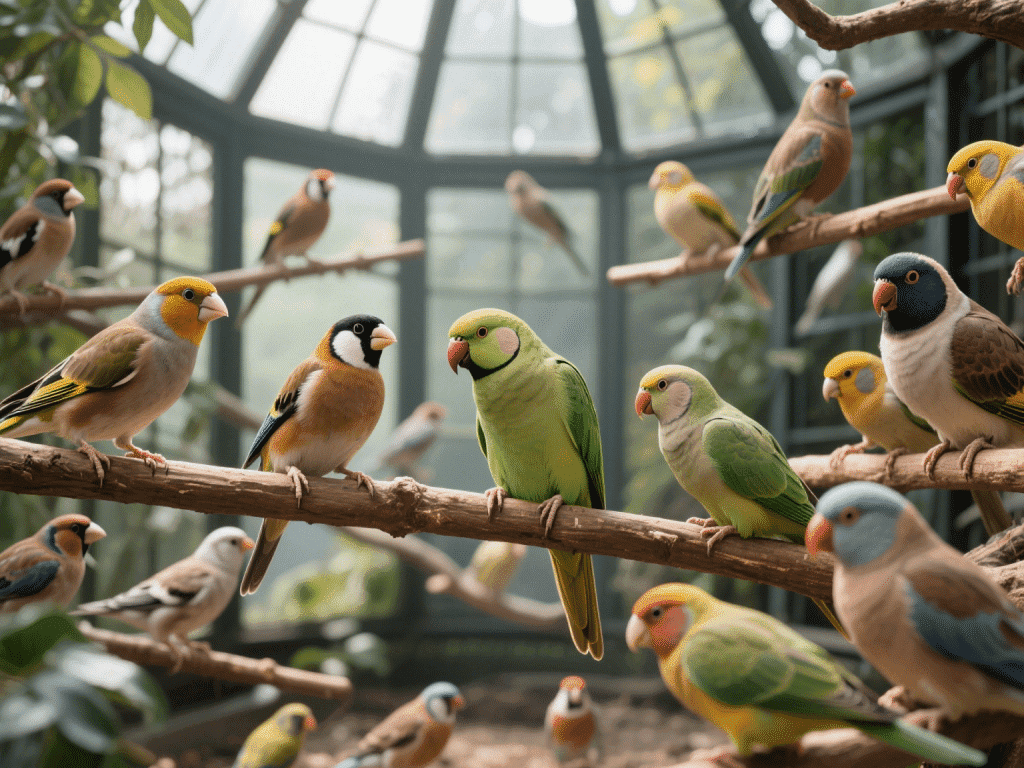
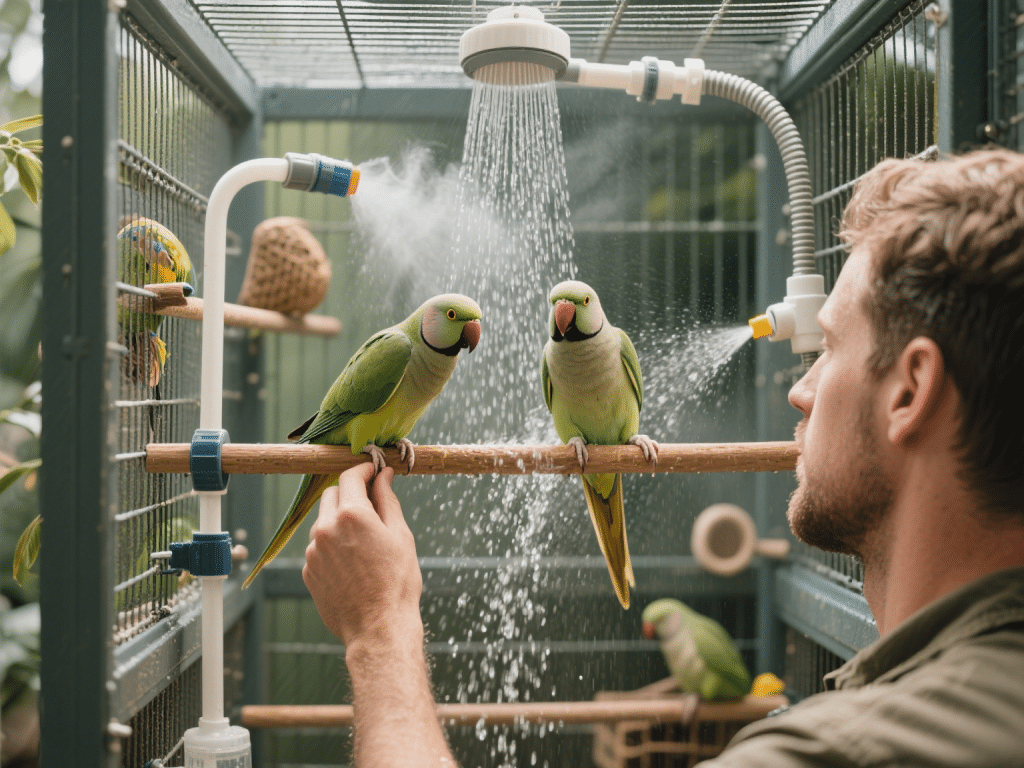

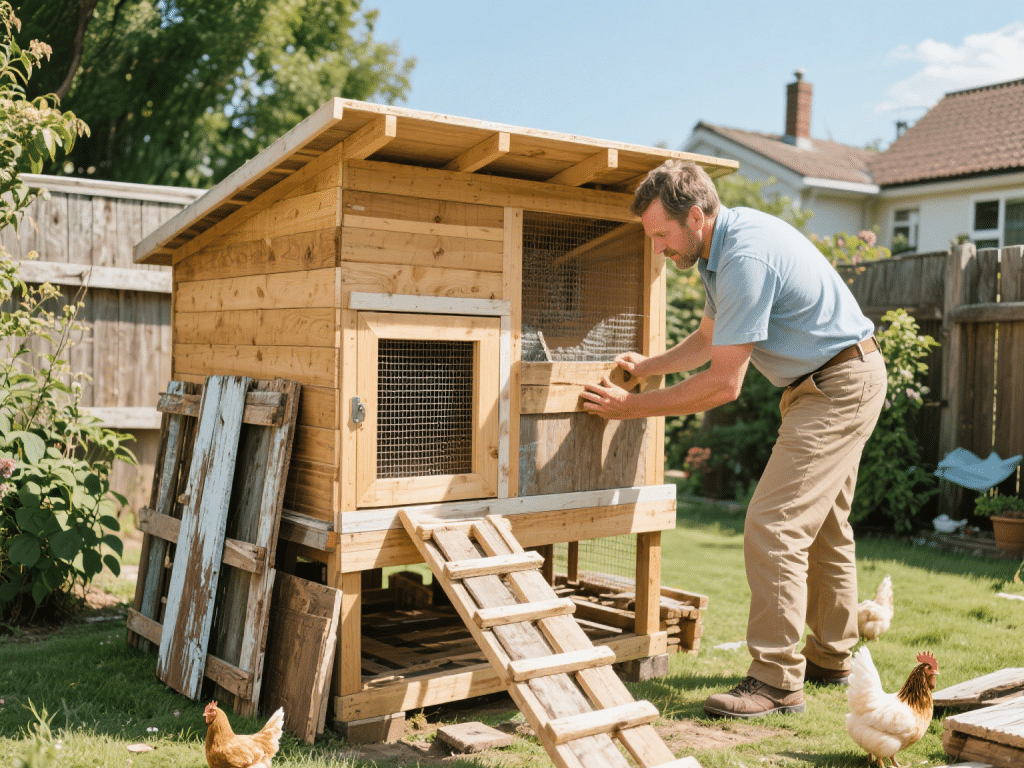


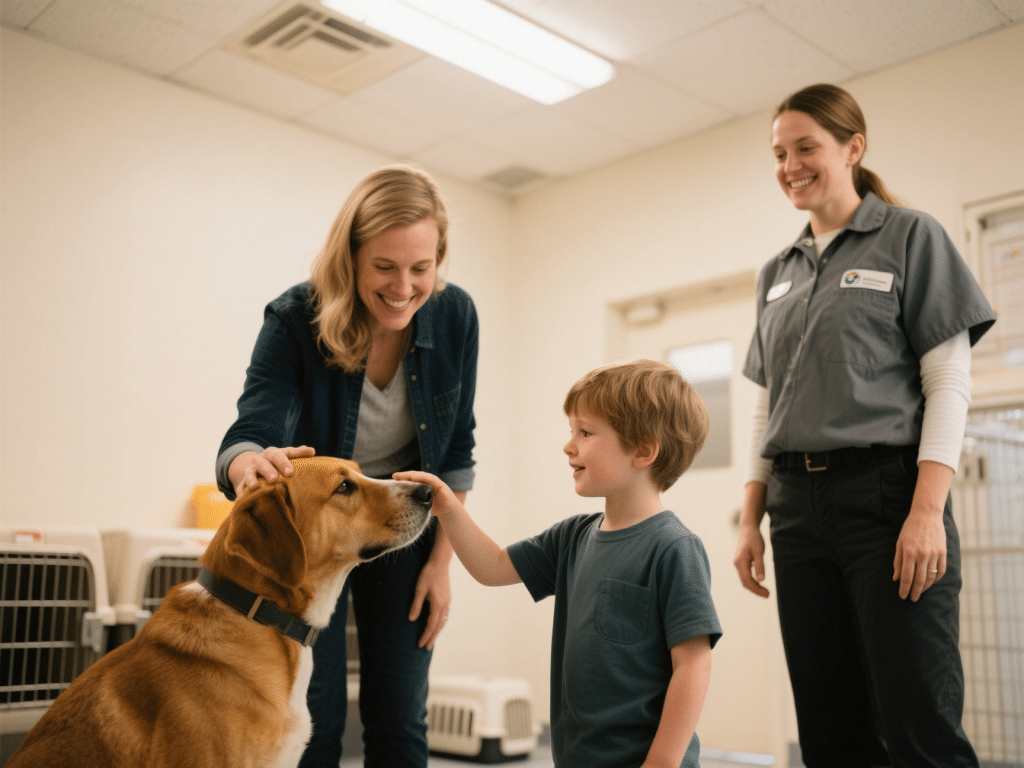
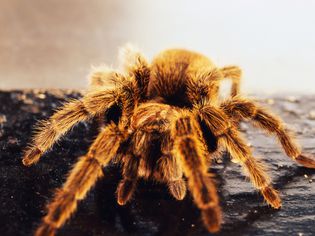

Comments on "Grooming Tips for Dogs with Long Fur: Keep Their Coat Shiny" :